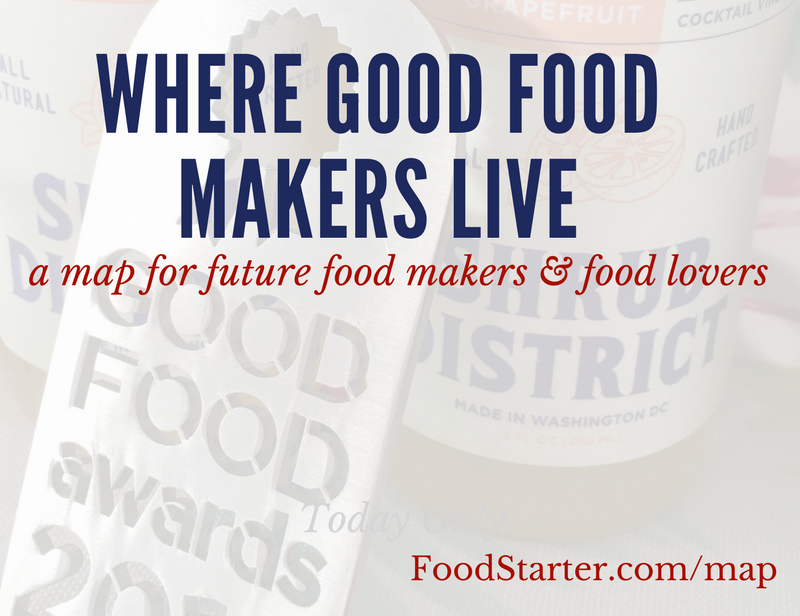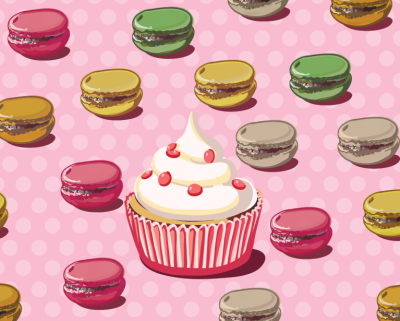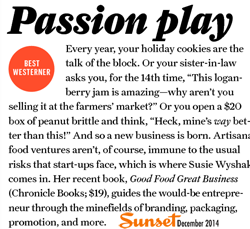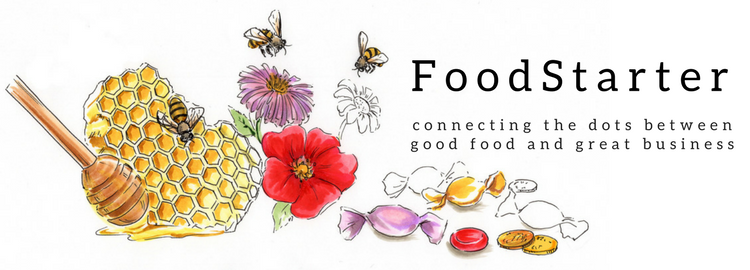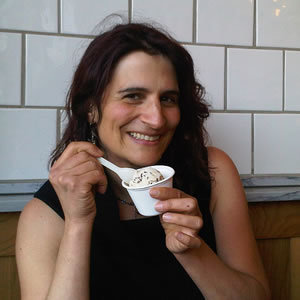This is the last installment of a 4-Part Series: Re-imagining Good Food Business
(Here are Part 1, Part 2, Part 3. Written in 2020, some of the information may be out of date so check for the latest knowledge before making real-life business decisions.)
What’s Future Thinking and Why?
“Future thinking” courses from the Institute For the Future (IFTF) inspired me to write not merely an update on the specialty food industry but one that imagines a distant food future. Now is the time to think 10-50 years ahead to plan the food world we want. The Institute teaches simulation skills to help us push the boundaries of what we believe can be different in the future, so we can find realistic reasons for hope. Those skills help you identify concrete ways that you can play a direct role in making a better future today.
Before rushing into new endeavors, take time to notice. What are people saying and doing, as far as food purchases, cooking at home, eating out, going to cafes, and hanging in bars and breweries? Are your friends adopting new shopping and eating habits? Or was the sourdough panic a shelter-in-place anomaly? Are people loading up shopping carts to the brim or buying just a few things at a time? Or are they still having food delivered rather than shopping in stores?
The year 2020 will go down in history as pivotal to the future of our country and the world. Let’s embark on a positive pivot.
Disclaimer: Some links go to the few affiliate programs I belong to, for products I believe in.
How to Envision the Future of Food
The word “noisy” best describes our present. Too much news. Too many podcasts. Too much uncertainty. The Institute for the Future has perfected a technique to help us break through the present and think positively, 10+years out. Doing so empowers us to create a future we want to live in!
The technique is to look for signals, or signs of where things are headed, then craft scenarios, to discover possibilities not yet considered. As you read about the future of food, flavors, food tech, and food experiences, ponder recipes for a better future and for a world where we enjoy food security, flavors, connection, and health.
Forecasting the future is a lot like gaming or writing a futuristic story. These skills come in handy every day. Just read this incredible success story about the Hunts Point Cooperative Market in New York. “As the city locked down, Grant said, leadership at the market quickly rolled out a disaster preparedness plan, gaming out almost every frightening possibility.” They did not wait for orders from the government. They did not hope for the best. They looked at and prepared for every scenario. As a result, they did not lay off one worker.
When you design a future scenario, such as one related to the Challenges posed earlier, you can explore it for surprising possibilities. Ask questions such as these:
- Who benefits from this future?
- What do they gain?
- Who is at a disadvantage in this future?
- What would you worry about as an individual in this world? What would you worry about as a company? As a government? As another type of organization—such as a school, a hospital, a political action group?
- What could go wrong, for whom?
- What emotions do people feel more in this future?
- What do people start to do to adapt or cope?
- Who could exploit this future? What would they game, cheat or take advantage?
- What actions might people take to try to make this world better?
Here is another fun exercise from the Institute For the Future, related to food. If you work with a team, try this “game” together then discuss:
- Look for “moments of change” in food’s past. Where can you find moments of change? Do an Internet search for “history of (your topic)”. You will likely find a number of online articles and other resources.
- Pick 3 moments of change that stand out to you. You can pick the changes that you think were most important, or most surprising, or use any criteria you want.
- Make a note of the date (YEAR) of each change. Example: 2015, 1977, 1880, 550 BC. If you can’t find the exact year, make your best guess.
- Describe each change in your own words. What happened?
- Identify the nature of each change, using the “From WHAT to WHAT” framework. How were things before the change? How were they different after?
I went through this exercise using canned foods as the example. I won’t reveal the moments of change, but it’s an especially fun and relevant topic these days. Try it out!
The Food System Vision Prize awaits your brilliance and has real-world challenges for us to tackle.
Now Envision Your Own Future
You may be starting a local home-based food business. Or perhaps you’re creating the next big condiment line using an untapped ingredient. Whatever your idea, a vision can guide you to the right decisions. Envisioning a future for the world along with your own, personal future go hand in hand.
Where you live may drive what kind of food business you get into. Or vice versa. You’ll see a map of where Good Food Awards crafters are based along with some thoughts on where to live if you’re in food. (If you have a story about moving somewhere because of the food scene or your business, I’d love to hear!)
The wildly successful Zingerman’s family of businesses in Ann Arbor, Michigan use a visioning process to guide their future paths.
This process complements this 10-year forward thinking idea well and is outlined in Ari Weinzweig’s guide to running a great business as well as in Good Food, Great Business.
Please note: While Zingerman’s has made it with retail, their success pre-dated covid. They supplement retail with their own manufacturing of coffee, ice cream, baked goods, and more, as well as mail order. However, take extreme caution before you decide to open a brick-and-mortar store. And, as you read, have a plan B of selling online and / or delivery should another pandemic take hold.
And take a look at the Institute For the Future’s Food Innovation Recipes For the Next Decade. This report invites any and all food system advocates and activists to think big and long-term. Their Signals of Food Futures card is a nice, compact framework to guide you.
Stay Smart With Industry News and Education
Sign up for the Specialty Food Association and New Hope Network newsletters as well as newsletters from the organizations I mentioned earlier. The Counter is your source for food system journalism. The Spoon covers food tech news.
Visit the Specialty Food Association’s resource center for a huge library of up-to-date presentations on food trends and more.
Onward!
I hope this update to Good Food, Great Business gives you the inspiration and tools to be the change in food, in whatever way fulfills you. Thank you for reading—even though by the time you read this, I promise it will be out of date!

